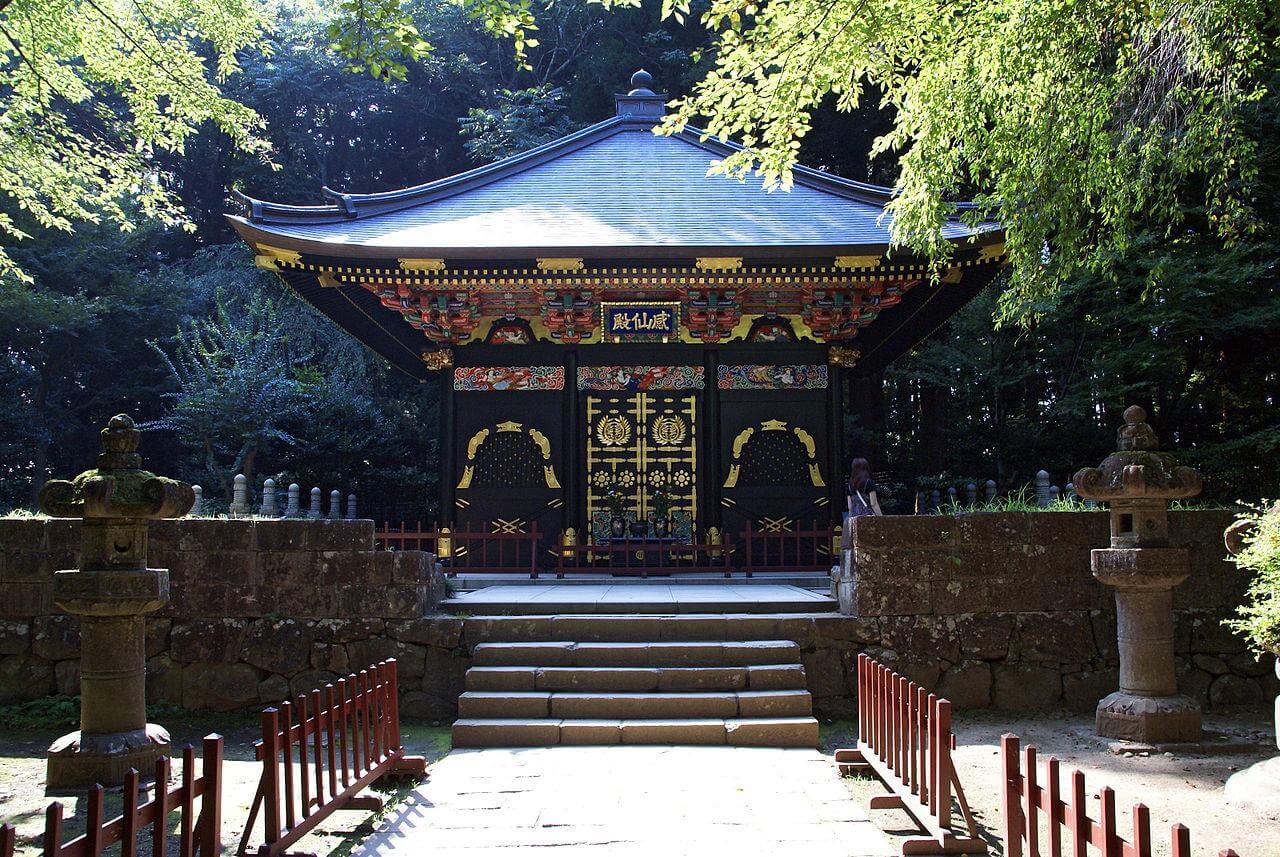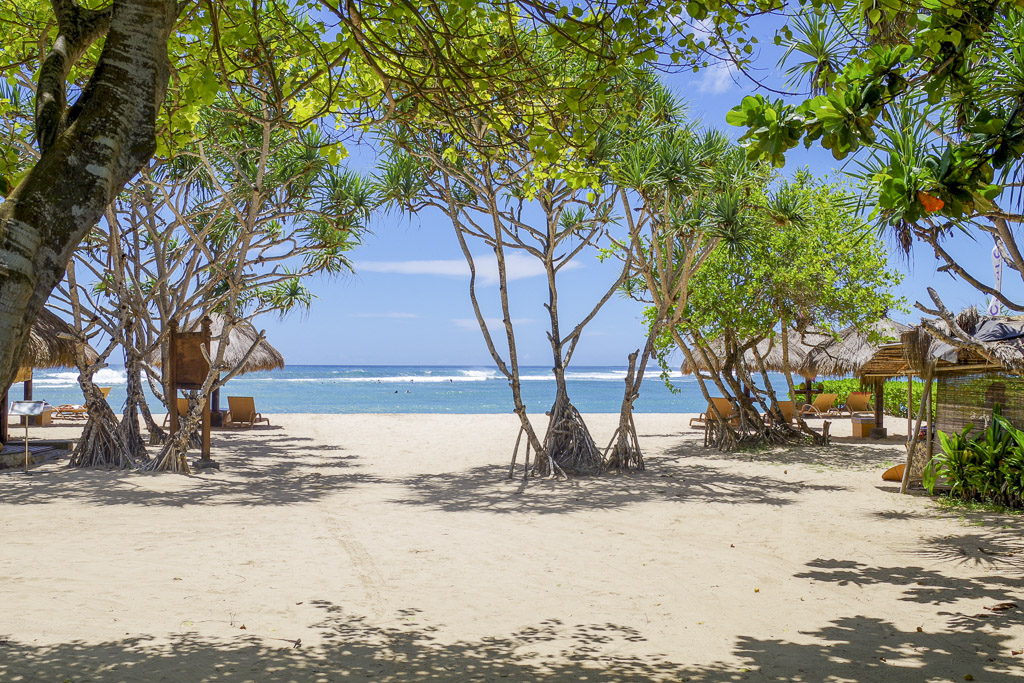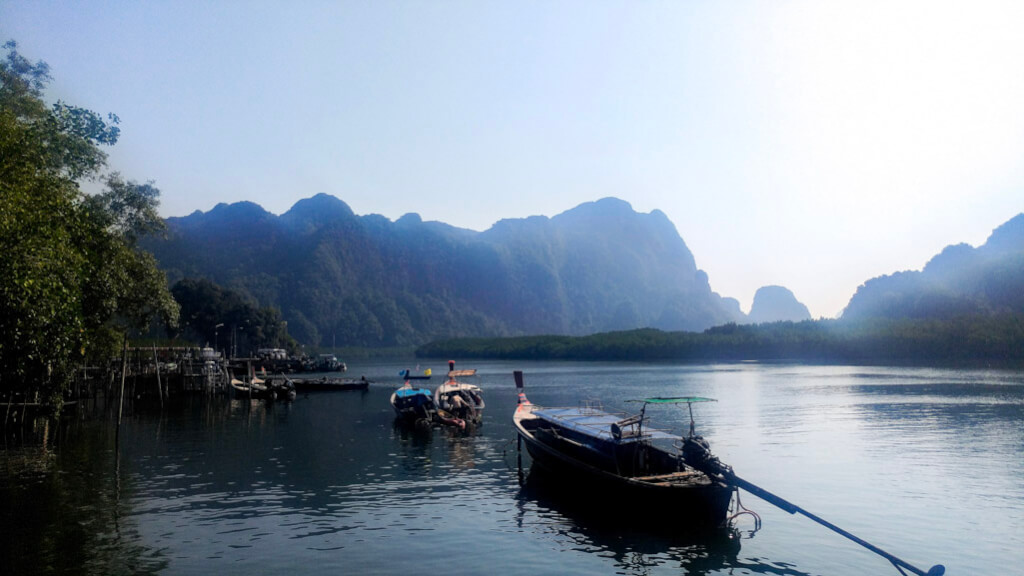Miyagi is one of the 47 prefectures of Japan and is located in the northern island of Honshu. Situated along the Pacific coastline, Miyagi Prefecture is a natural place of interest because of its complex shoreline, rocky islands, warm beaches, and lush mountains. It’s capital city, Sendai is the largest city in the Tohoku region and is home to a 17th-century Sendai Castle built for the samurai lord Date Masamune.
A study published by the American Express Travel in December 2017 reveals that most Americans travelers are looking forward to history and cultural discovery, inspiring destinations, and rejuvenating travel experiences. The same study reveals Southeast Asia, Europe, and South America as the top travel destinations among American travelers. This post aims to establish Japan, particularly the Miyagi Prefecture, as an ideal travel destination for American travelers.
Art, Culture, and History
The modern-day city of Sendai first found its place in Japanese history as a former castle town established by the excellent war tactician, Date Masamune. Also known as “dokuganryu” or the One-Eyed Dragon of Oshu for missing an eye, Masamune was an excellent war tactician who ruled the Tohoku region from the Azuchi–Momoyama period to the early Tokugawa or Edo period. His life story is the inspiration for popular 1987 NHK series Dokuganryu Masamune.
Learn more about his legacy from several castles, museums, and mausoleum all over Miyagi Prefecture.

Date Masamune Historical Museum
The museum holds exhibits, including over 200 life-sized figures, featuring the heroic life of the feudal lord Date Masamune leading to the founding of Sendai City, his efforts to promote tourism in his town, as well as his attempts to protect Christians from persecution during the early Edo era.
There is a special exhibit where one can wear a full replica of Masamune’s armor for an epic photo opportunity.
Open hours: 9:00 a.m. to 5:00 p.m.
¥500 (adults) / ¥150 (elementary to high school students) / Special discounted tickets are available to foreigners with valid passports
Location: 13-13 Matsushima Kaigan, Matsushima-machi, Miyagi-gun 981-0213, Miyagi Prefecture.
Zuihoden Mausoleum

One should not miss seeing this gorgeous structure resting on a forest trail. It features brilliant colors and intricate patterns on finely carved sculptures. The mausoleum is the final resting places of Date Masamune and his descendants in the region. There are several other interesting structures and monuments to visit at the site.
Open hours: 9:00 a.m. to 4:30 p.m. (February to November) / 9:00 a.m. to 4:00 p.m. (December to January) / Closed on December 13 to January 1
¥550 (adults) / ¥400 (senior high school students) / ¥200 (elementary to junior high school students) / Special discounts are available for groups of at least 20 and 50
Location: 23-2 Otamayashita, Aoba-ku, Sendai 980-0814, Miyagi Prefecture
Kanrantei Tea House and Matsushima Museum

If you’re into Japanese architecture and fascinating bits of history, then you are in for an interesting treat. The Kanrantei Tea House and Matsushima Museum used to be a teahouse in Hideyoshi Toyotomi’s Fushimi-Momoyama Castle. When Date Masamune inherited the teahouse, he ordered to move it to Edo (the former name of Tokyo) and rebuilt it as his mansion. It was later moved by his son and successor, Tadamune, to its current location in Matsushima and used to house special envoys of the Shogunate, feudal lords, and other nobilities.
Without the use of any special machinery, this tea house has been moved several hundred kilometers from time to time without altering any pillar or structure. Now you can enjoy a nice cup of Japanese green tea while watching the ripples of the sea.
Open hours: 8:30 a.m. to 5:00 p.m. (April to October) / 8:30 a.m. to 4:30 p.m. (December to January) / Closed on December 13 to January 1.
¥200 (adults) / ¥150 (college and senior high school students) / ¥100 (elementary to junior high school students) / Japanese green tea and sweets sets are available from ¥300 to ¥700
Location: 56-1 Matsushima Chonai, Matsushima-machi, Miyagi-gun 981-0213, Miyagi Prefecture
Other interesting historical and cultural sites in Miyagi Prefecture include Seiryuzan Zuigan-ji and Godaido Temple (Matsushima), Toshogu and Osaki Hachiman Shrine (Sendai), Shiogama Jinja (Shiogama), Shiroishi Castle and Samurai Housing (Shiroishi), Funaoka Castle Ruins (Shibata-machi), and Hagurosan Toya Shrine (Ishinomaki), among others.
Nature and Wildlife
Miyagi Prefecture suffered huge damage from the 2011 Tohoku Earthquake. However, it did not take long for the prefecture to recover from the tragic tsunami. In 2015, the natural parks situated along the Pacific coastline of Miyagi Prefecture took part in the establishment of the Sanriku Reconstruction National Park. A collaborative project among the neighboring prefectures which aims to reverse the devastating effect of the Great East Japan Earthquake.
Matsushima Bay

Matsushima derives its names from two Japanese words which literally translate to pine trees (matsu) and islands (shima). True to its name, Matsushima Bay has over 200 islands covered with lush pine tree forests. Some of the islands are accessible along walking paths of Matsushima city while the rest require tourist boats and other cruising vessels.
Matsushima Bay is declared one of three most scenic viewpoints in Japan by the Japanese government.
Hitome Senbonzakura

Hitome Senbonzakura is a popular sakura-viewing spot with over a thousand cherry blossom trees lining the Shiroishi Riverside in Ogawara Town. The picturesque sight of the cherry blossoms is made more impressive with the view of the snow-capped Mt. Zao from a distance. A short 30 minutes walk takes you to the riverside from JR Ogawara and Funaoka stations.
The Cherry Blossom Festival or Sakura Matsuri takes places yearly when these beautiful flowers are in full bloom. Cherry blossoms only last up to a week so it is essential to check the cherry blossom forecast when planning a trip for this event.
Zao Fox Village

A visit to Miyagi Prefecture is not complete without a trip to the Zao Fox Village. It is a natural sanctuary of over a hundred foxes of six different species roaming the grounds. Visitors can interact closely with the foxes or watch them play in their natural environment from distance.
Open hours: 9:00 a.m. to 5:00 p.m. (Closes at 4:00 p.m. in winter.)
¥1000 +¥100 for a bag of fox food
Location: 11-3 Fukuoka Yatsumiya Kawarago, Shiroishi 989-0733, Miyagi Prefecture.
Food and Restaurants
Because of its proximity to the sea, Miyagi Prefecture has access to the freshest seafood bounty. And if you happen to like fresh oysters, you’ve come to the right place. Miyagi is the best source of oysters in Japan. Which explains the wide popularity of “kaki goya,” literally oyster house, and there is a huge array of eat-all-you-can oyster houses at the fish market.
Unlimited Oyster Restaurants in Matsushima Fish Market

The best oyster harvest in Miyagi happens between October to March. And if you’re planning a visit to Miyagi in winter, you must travel on the first weekend of February for the annual Matsushima Oyster Festival. Otherwise, you can still enjoy unlimited oysters year-round. Many restaurants offer 40 minutes to 1 and a half hours of unlimited oysters packages.
There are several kakigoya at the Matsushima Fish Market but one that seems to stand among the rest is the Yakigaki House. It is a small cabin that offers unlimited oysters for 40 minutes for only ¥2,000. Walk-in patrons are welcome but one must come early to secure a table. The 1st Floor has food stands (8:00 a.m. to 3:00 p.m ) while the 2nd Floor has sit-down dining (10:00 a.m. to 3:00 p.m.
Matsushima Fish Market is just 800 meters from the Matsushimakaigan station.
Anago-don at Takaraya Shokudo
June to early October is the season for anago, common Japanese conger eels. And where else in Japan is the best farming environment for anago, but in Matsushima.
Takaraya Shokudo is popular for its anago-don or conger eel rice bowl. The shop is easily accessible (just a minute walk) from the Matsushima Kaigan station.
Takaraya Shokudo has been operating since 1933. Talk about food, culture, and history.
Onsen (Hot Springs)
There is nothing better to end a day of sightseeing that having a traditional Japanese hot spring bath or Onsen. And while there are many onsens all oven Miyagi, here are some of the finest in the region.

Akiu Onsen is a hot spring among the woods in the western region of Miyagi. It is situated along the Notorigawa riverbank where the water from Sendai flows to the Pacific Ocean. The hot spring resort is easily accessible by a 45 minutes bus ride by Miyagi Kotsu Bus from JR Sendai Station.
Location: Akiu-machi, Taihaku-ku, Sendai, Miyagi Prefecture.
Naruko Onsen
Naruko Onsen is a popular hot spring village north of Miyagi. It is popular throughout the Tohoku region for having over 400 hot spring options and a history of over 1,000 years. This hot spring village is easily accessible from the Naruko-Onsen Station.
Location: 2-1 Yumoto, Naruko Onsen, Osaki, Miyagi Prefecture.
Before I put this extensive Miyagi Prefecture travel guide into writing, I attempted to present this destination with American travelers in mind. And considering last year’s travel trend, I am confident that I have chosen the right places and experience for my audience. The historical monuments, picturesque landscapes, and authentic Japanese food and experiences, Miyagi Prefecture is the perfect destination for the savvy American traveler.
About the Author
Noel Cabacungan is a travel blogger from the Philippines. This is part of his ongoing series #JAPAN47project. A writing project featuring unique travel destinations throughout the 47 Prefectures in Japan. If you enjoy reading about Miyagi Prefecture, you may also want to learn about the Eco-Tourism Attractions in Iwate Prefecture.
If Japan travel is in your future, Pin this for later!








3 thoughts on “Japan Travel – Miyagi Prefecture for American Travelers”
A very historical place, I love the culture and historical views of Japan.
Thanks and keep sharing.
Japan’s Art and Culture is what i seek when i get to visit japan soon! It’s just full of Japanese History, how per stroke means something to them
Japan is a beautiful place for a historical and cultural tour visit nice read.